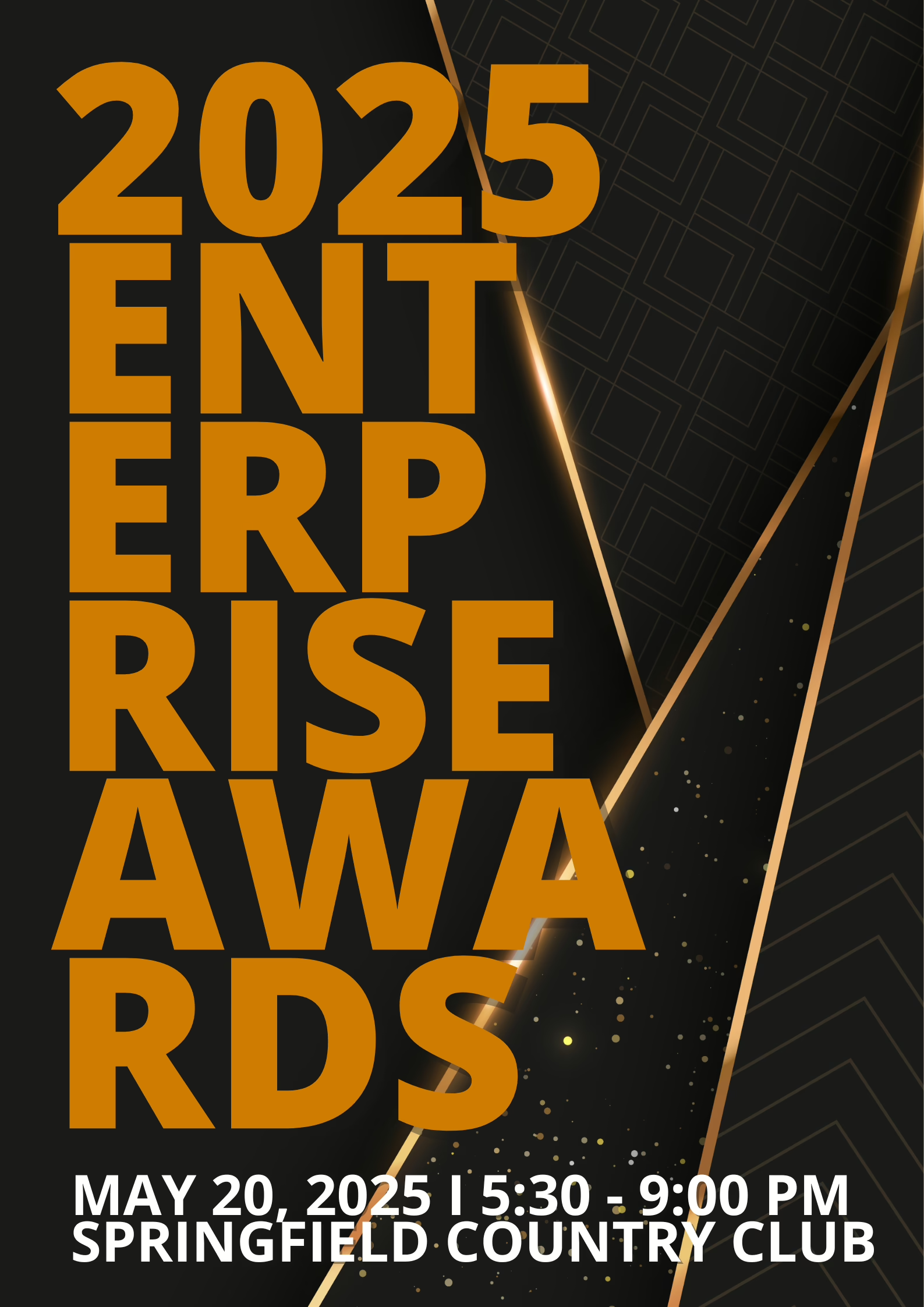How Savvy Life Science Real Estate Investors Use Cost Segregation

The life science industry is making a profound impact on the world. Companies in this industry are on the cutting edge of research and manufacturing, unveiling innovative ways to improve the quality of life for almost everyone — and everything — on the planet. From developing new treatments for diseases to finding ways to make food production more efficient, life science companies are changing lives.
However, the life science industry balances many moving parts behind the scenes, and every action taken is costly. One of the initial and most expensive challenges pertains to real estate — for example, converting a building to suit the high-tech needs of a life sciences company.
To combat those high costs, owners of converted buildings may want to consider undergoing a cost segregation study to maximize cash flow and minimize taxes.
What is a Cost Segregation Study?
Companies can employ various tax strategies to reduce income taxes. Cost segregation is one of the most popular for individuals or companies who have recently constructed, remodeled, expanded, or purchased a building. By accelerating depreciation deductions for qualifying components of real estate, a cost segregation study allows a property owner to reduce current income tax liabilities and increase cash flow.
A cost segregation study analyzes the components of a building — from foundation to windows — to determine which items can be depreciated over a shorter period. An entire building usually has a lifespan of 27.5 to 39 years, but various components of that building can qualify for a shorter lifespan, such as five or seven years. Under current federal law, property with a life of 20 years or less may qualify for 100% bonus depreciation, meaning that the full asset cost may be depreciated in the initial year.
The process typically begins with an initial call to discuss and request documents to review. Then a site visit to assess the property and identify eligible component types. Once those components are identified, your cost segregation expert will create a detailed asset listing and depreciation schedule outlining the property assets to determine how the costs can be depreciated. The results of the study are then shown in the next filed tax return.
Benefits for Life Sciences Property Owners
As mentioned earlier, converting a building to a life science facility can be complex and costly. After all, the building will require specific accommodations to meet the life science company’s particular needs. Your building may need to house sensitive equipment, including cryogenic freezers and incubators, or require proper ventilation and air filtration systems. Or, perhaps your property requires the installation of freight elevators or a powerful HVAC system.
Because of these maintenance upgrades and specialty items, life science buildings are generally excellent candidates for cost segregation studies. Usually, between 25-45% of the depreciable costs (net of land) can be reclassified into shorter-period tax categories.
For more information:
Joe O’Drain, CPA
Life Sciences Practice Leader
610.862.2281
jodrain@cbiz.com






